Plug-in hybrid vehicles and extended-range electric vehicles work in a very similar way. Both can be powered by the power battery alone to drive in pure electric mode, and when the power battery capacity is close to the set lower limit, it is transferred to another A power source continues to provide the energy required by the vehicle.
This article refers to the address: http://
But there is a fundamental difference in the working mechanism between the two.
The extended-range electric vehicle is an electric vehicle developed on the basis of a pure electric vehicle. The reason why it is called an extended-range electric vehicle is because the vehicle adds a range extender. The purpose of adding a range extender to the vehicle is to further enhance the cruising range of the pure electric vehicle so that it can avoid frequent parking charging.
The plug-in hybrid car evolved from a hybrid car that inherits most of the features of a hybrid car, but replaces the hybrid battery's power battery with a larger capacity than the energy (the mass per unit of mass). Energy-type batteries, so that the power battery has enough energy to ensure that the vehicle can travel a certain distance in a pure electric mode with zero emissions and no fuel consumption.
From the perspective of driving, the extended-range electric vehicle always drives the motor independently only in the pure electric mode or the extended-range mode, while the plug-in hybrid vehicle works in the hybrid mode, the engine and the motor Together (after power coupling) participate in the ranks of the driving wheels.
From the perspective of system selection, the extended-range electric vehicle must be a series hybrid type, and the plug-in hybrid vehicle can be a parallel hybrid type or a hybrid hybrid type.
From the perspective of performance, only the extended-range electric vehicle can exert the maximum potential of pure electric vehicles. How do you understand this sentence? It can be understood that the power battery and drive system of the extended-range electric vehicle must be perfectly matched at the beginning of design to achieve the specified performance indicators (such as maximum speed, maximum grade, etc.), range extender (combination of engine and generator) The presence or absence of the vehicle does not affect the design performance of the vehicle. Plug-in hybrid vehicles, because the engine is also involved in the drive, the matching requirements between the battery and the drive system will not be very high. For example, the plug-in version of the Prius hybrid is only equipped with a 5.2kWh lithium-ion battery.
From the perspective of electrification, the electrification of the extended-range electric vehicle is undoubtedly higher. The specific performance is that the percentage of electric power to total output power is 100%, while the plug-in hybrid vehicle is less than 100%.
The extended-range electric car is more pure than the "blood" of the plug-in hybrid car because it is a pure electric car before the additional range extender. The deployment of the range extender does not substantially affect the powertrain structure of the original vehicle. Because the predecessor of the plug-in hybrid vehicle is a hybrid vehicle, it retains a lot of traditional mechanical components, and the structure is more complicated than the extended-range electric vehicle, and the cost is also slightly higher. In other words, to determine whether a car is a plug-in hybrid or an extended-range electric car, the essence is to see if the engine of the car will have a direct mechanical connection with the wheel.
The Taihang Jiaxin charger is controlled by a solid-state thyristor with electronic sensing and monitoring functions. The main function of the charging system is to charge the battery without supervision while providing a continuous load. The charging characteristic is a constant potential with a current limit. The charger rectifier circuit provides 100% of the rated current, while the float/boost charges a group of lead-acid batteries. The system is also suitable for maintenance and non-maintenance operations.
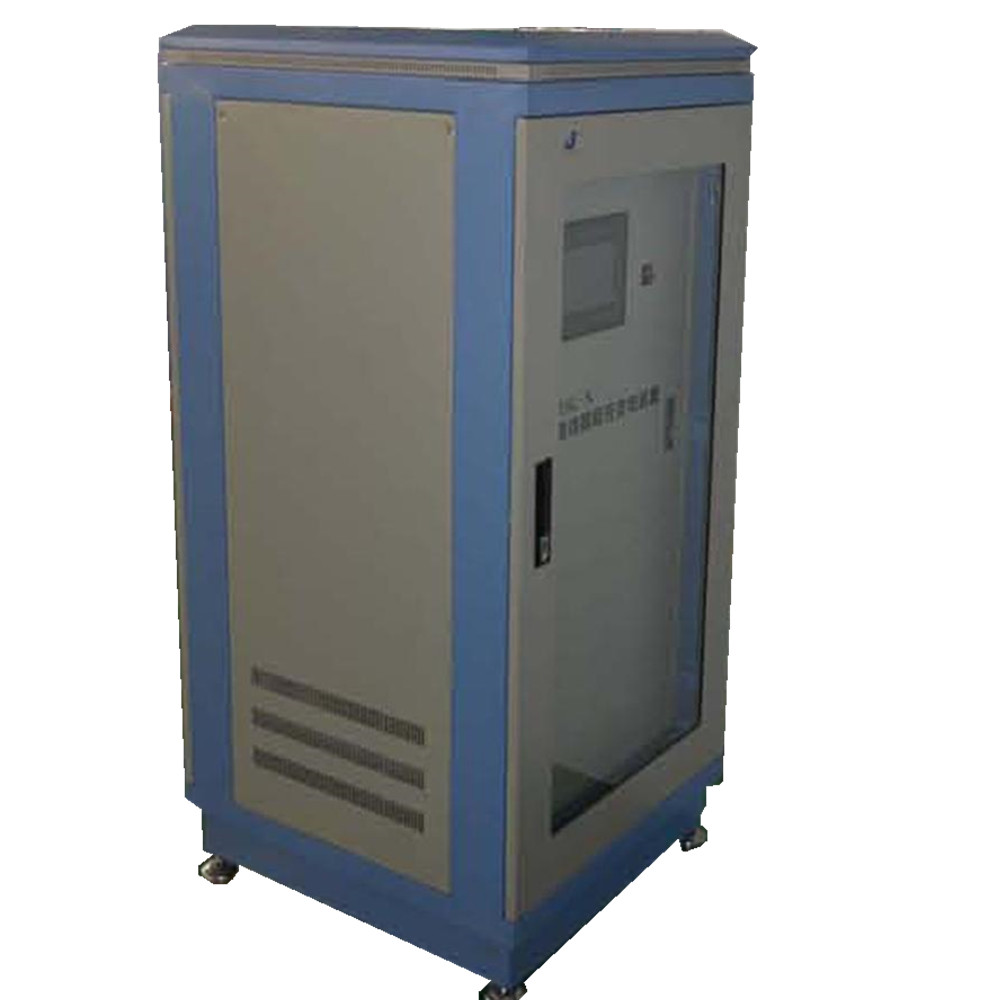
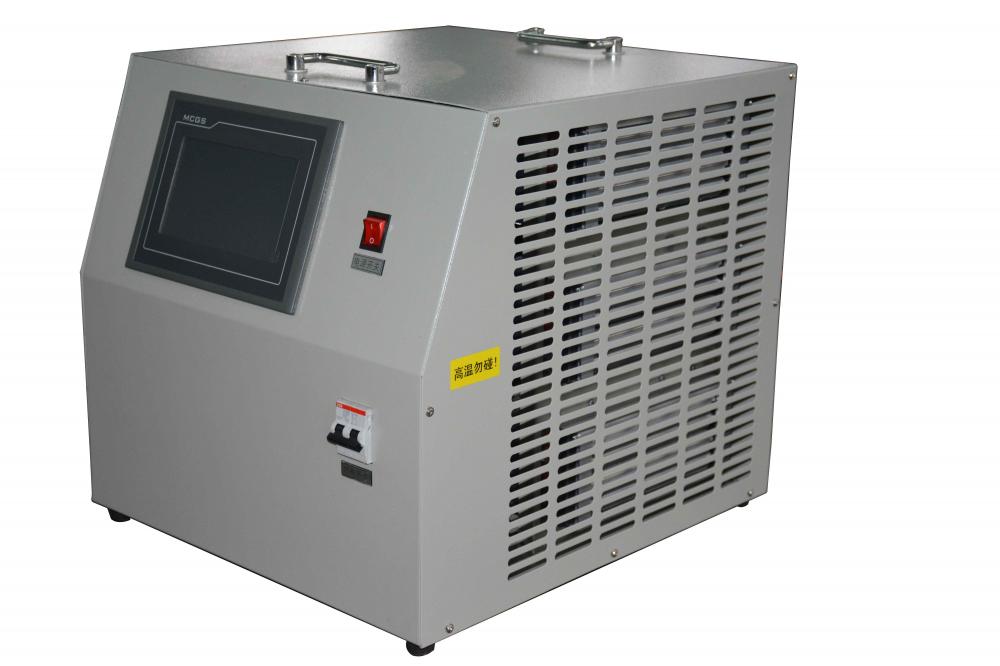
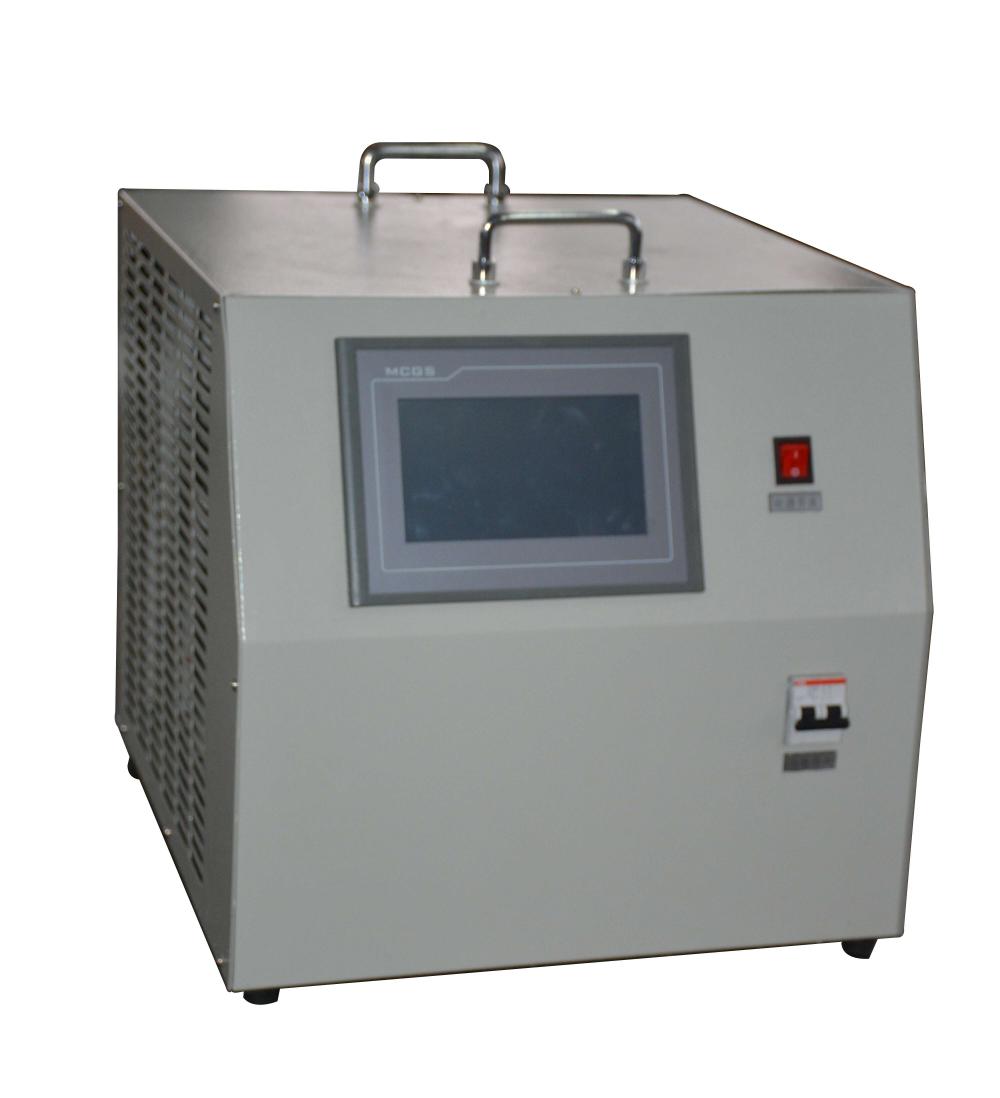
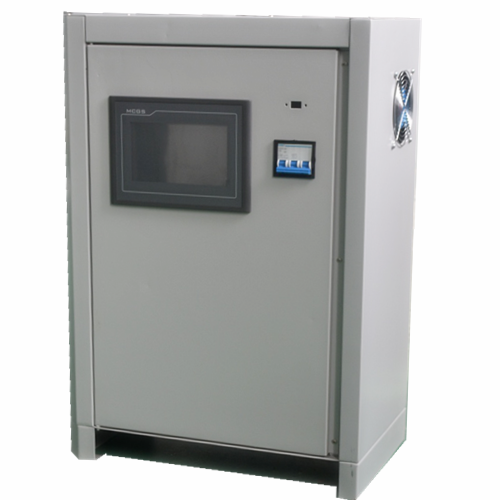
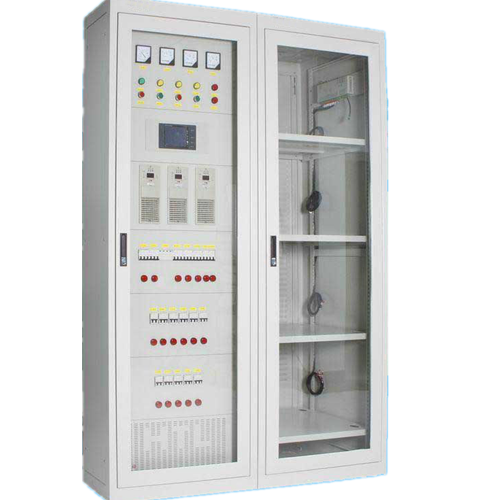
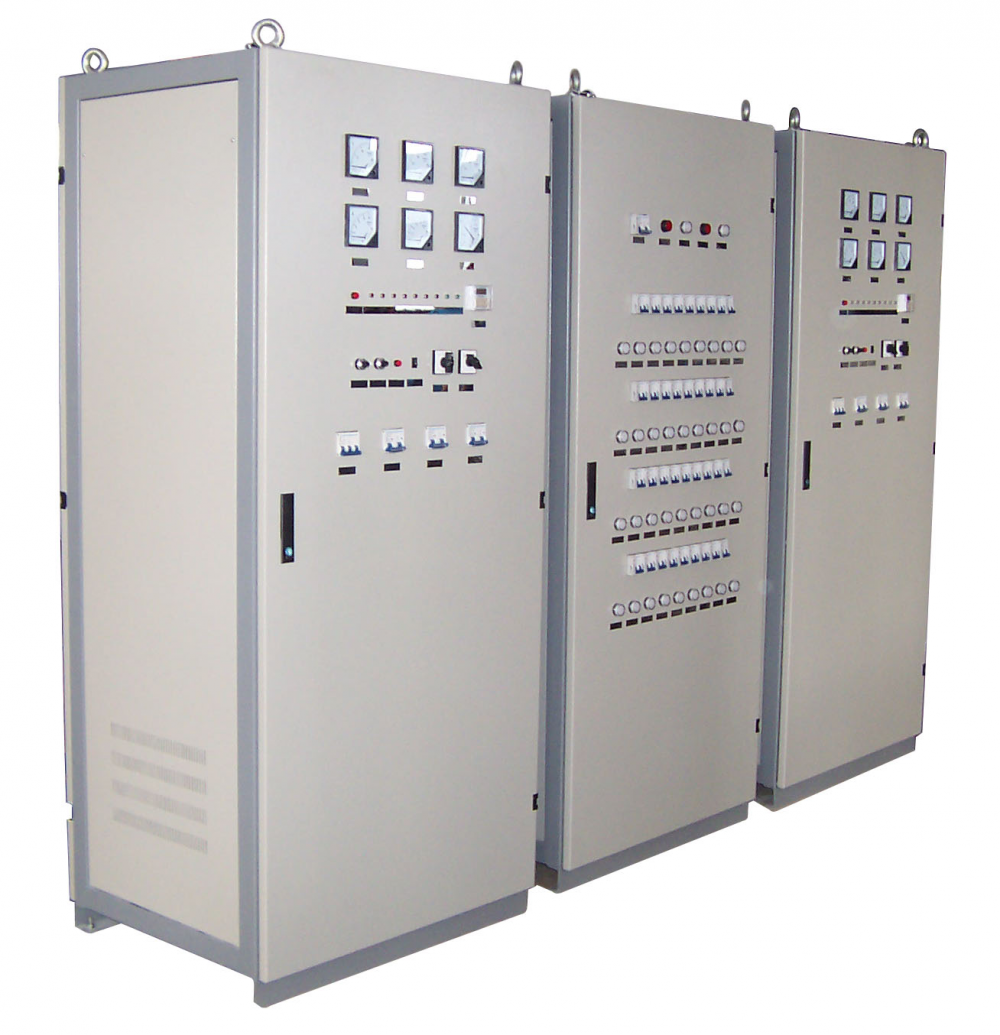
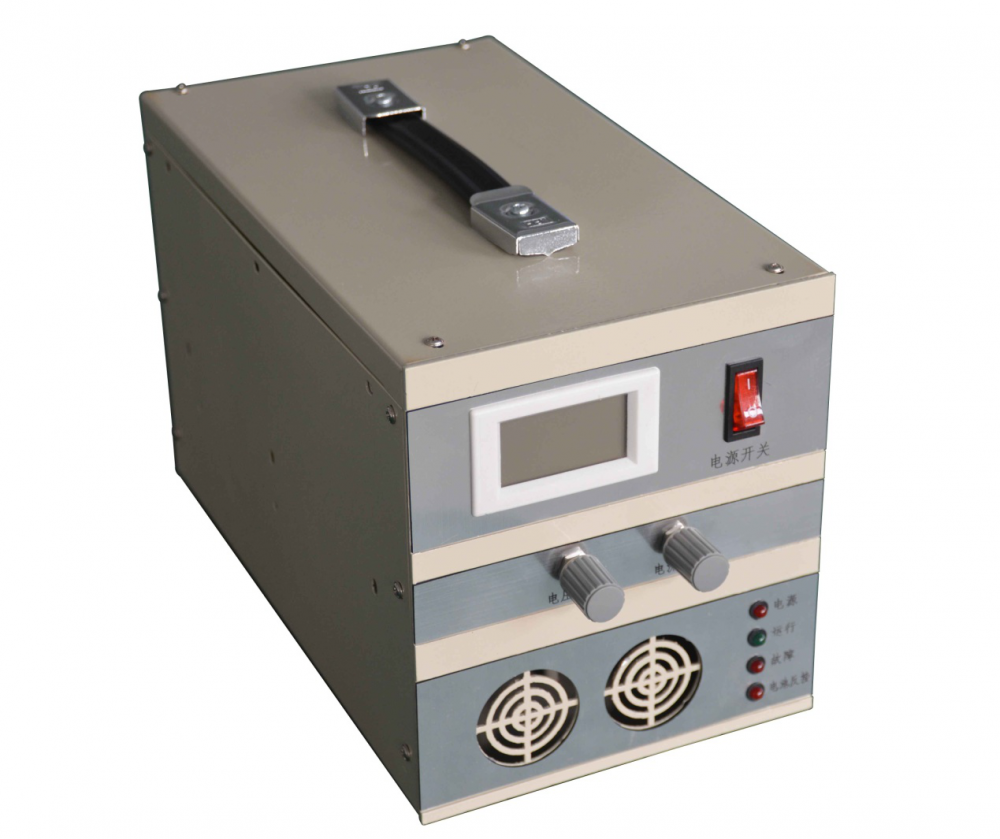
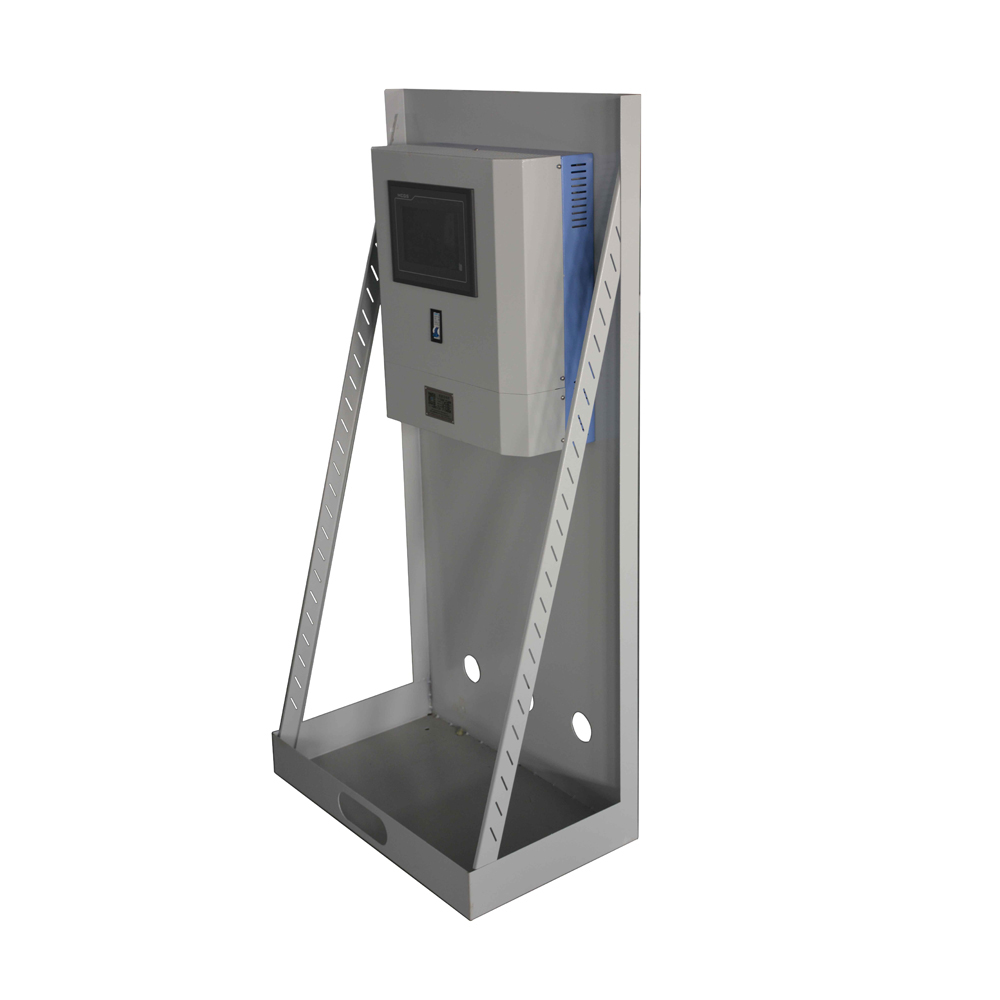

Battery Charger,Lipo Battery Charger,Hf Battery Charger,Three Stage Battery Charger
Xinxiang Taihang Jiaxin Electric Tech Co., Ltd , https://www.chargers.be
